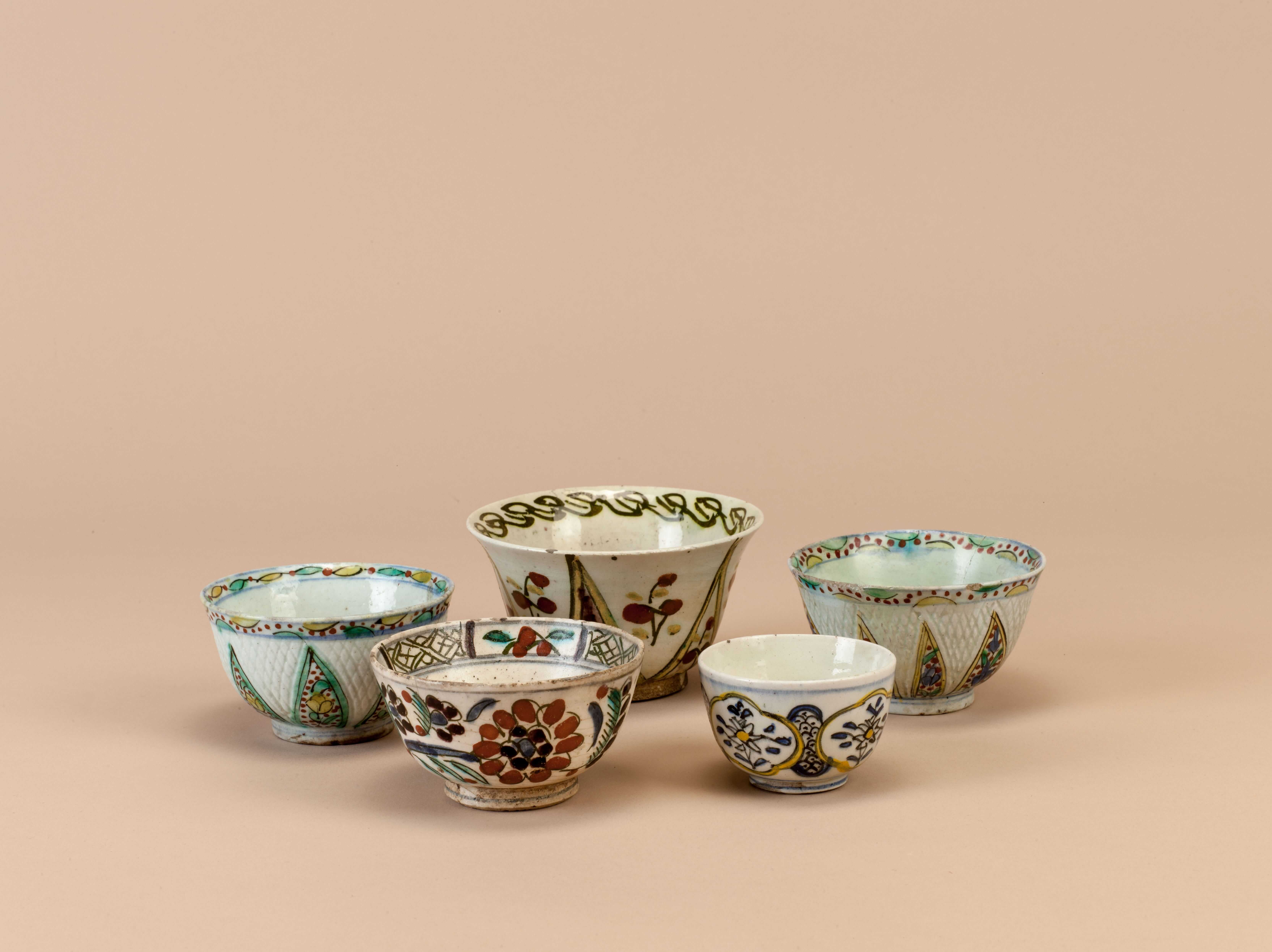Nahid Persson Sarvestani who was born in Iran had to flee to Sweden and take asylum because of her political activity during and after the 1979 Iranian Revolution. She has been directing documentaries in Sweden since 2000 and garnered many awards including Krakow Film Festival Golden Dragon Award, Monte Carlo TV Festival Best International News Documentary Award, Sweden National Television Chrystal Award and she has been nominated International Emmy. She tells the stories about Iran, how she had to flee 30 years ago, and the hard experiences of women who survived the torture and terror in Iranian prisons with films like The Queen and I or Prostitution Behind the Veil, which was nominated for an Emmy in 2005.She continued to make films about women and she was arrested in 2006 for severely criticizing the situation of women living under the oppressing Iranian regime. With My Stolen Revolution she revealed a previously untold story about being under arrest and being tortured in Iran.
March 15
13:00 The Queen and I
March 17
19:00 My Stolen Revolution
March 18
17:00 Prostitution Behind the Veil
March 20
13:00 The Queen and I
21:00 Prostitution Behind the Veil
March 22
13:00 My Stolen Revolution
March 15
13:00 The Queen and I
March 17
19:00 My Stolen Revolution
March 18
17:00 Prostitution Behind the Veil
March 20
13:00 The Queen and I
21:00 Prostitution Behind the Veil
March 22
13:00 My Stolen Revolution

Berggren acquires the techniques of photography in Berlin and holds different jobs in various European cities before arriving in İstanbul. Initially en route to Marseille, he disembarks from his ship in 1866 and settles in İstanbul, where he is to spend the rest of his life.

Coffee was served with much splendor at the harems of the Ottoman palace and mansions. First, sweets (usually jam) was served on silverware, followed by coffee serving. The coffee jug would be placed in a sitil (brazier), which had three chains on its sides for carrying, had cinders in the middle, and was made of tombac, silver or brass. The sitil had a satin or silk cover embroidered with silver thread, tinsel, sequin or even pearls and diamonds.

1638, the year Louis XIV was born –his second name, Dieudonné, alluding to his God-given status– saw the diffusion of a cult of maternity encouraged by the very devout Anne of Austria, in thanks for the miracle by which she had given birth to an heir to the French throne. Simon François de Tours (1606-1671) painted the Queen in the guise of the Virgin Mary, and the young Louis XIV as the infant Jesus, in the allegorical portrait now in the Bishop’s Palace at Sens.
Tuesday - Saturday 10:00 - 19:00
Friday 10:00 - 22:00
Sunday 12:00 - 18:00
The museum is closed on Mondays.
On Wednesdays, the students can
visit the museum free of admission.
Full ticket: 300 TL
Discounted: 150 TL
Groups: 200 TL (minimum 10 people)